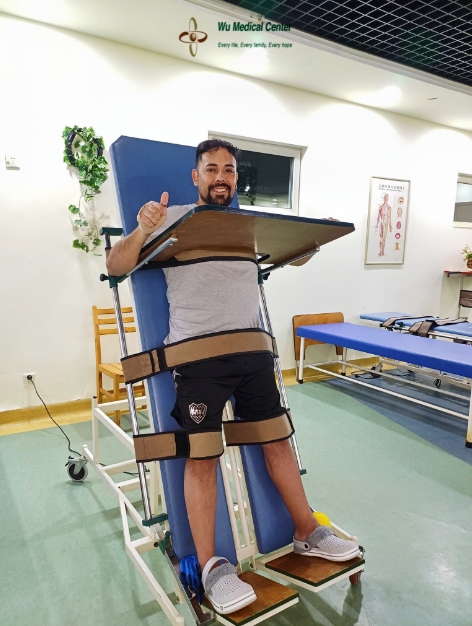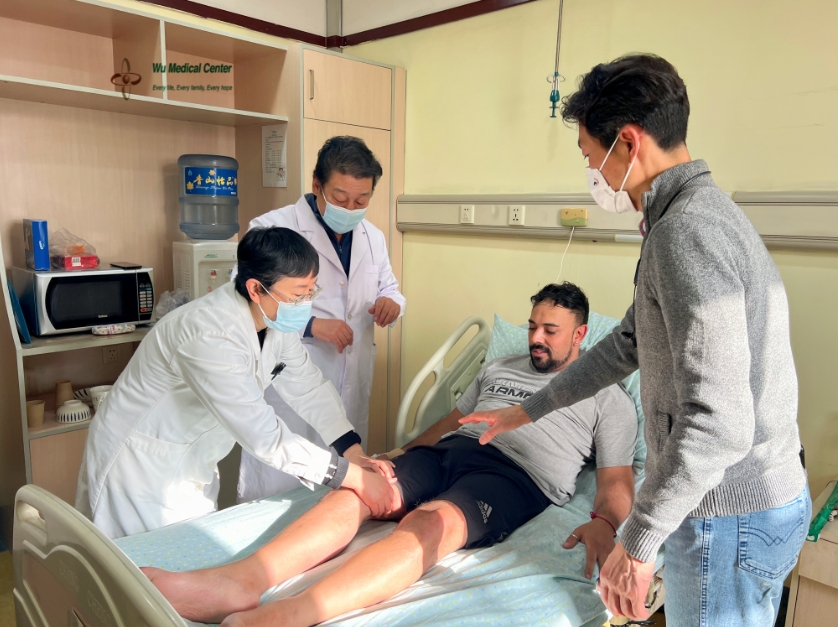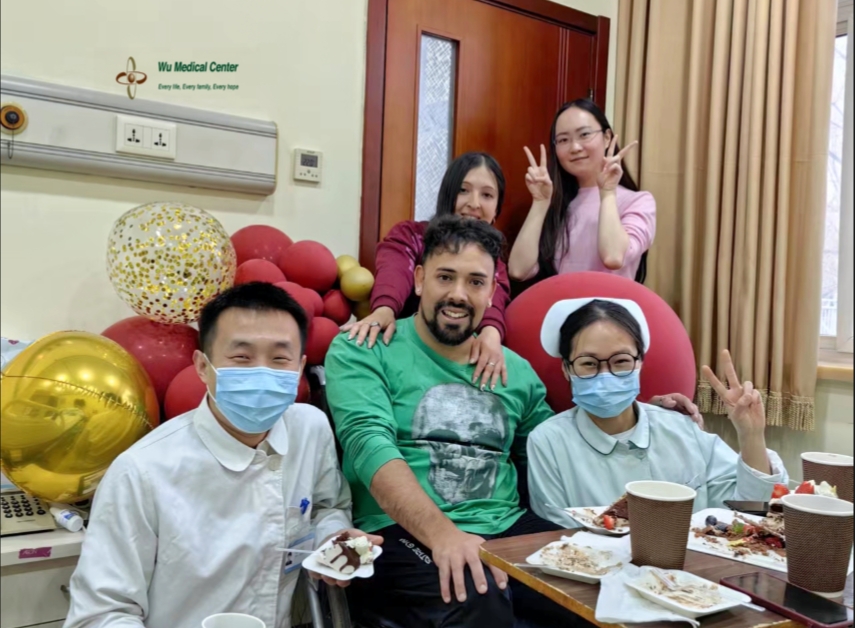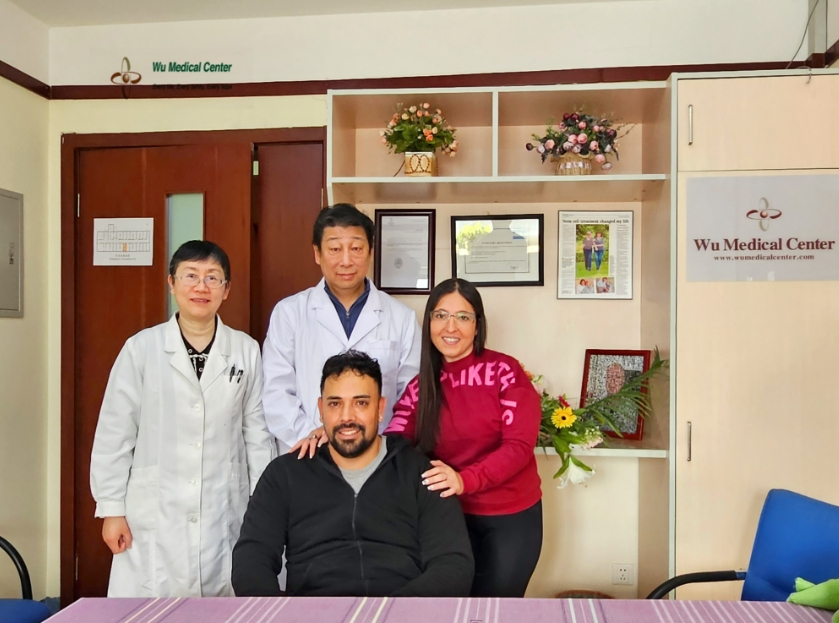Emmanuel Elias Rodriguez-1. Sequelae of spinal cord injury 2. Arrhythmia: sinus bradycardia-(Argentina)
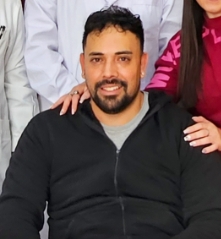 Patient name: Emmanuel Elias Rodriguez
Patient name: Emmanuel Elias Rodriguez
Gender: Male
Age: 38 years old
Nationality: Argentina
Diagnosis: 1. Sequelae of spinal cord injury 2. Arrhythmia: sinus bradycardia
Condition on admission:
The patient was admitted to hospital for "sequelae of spinal cord injury" due to "motor and sensory disturbance of lower extremities after chest trauma for 10 years".
Admission for physical examination:
His blood pressure 108/72mmHg, heart rate 55 beats per minute, 18 breaths per minute, body temperature 36.4 degrees. He had good nutrition, clear breathing sounds in both lungs and no rales. His heart sound was strong and rhythmic, and there was no murmur in each valvular area. His abdomen was flat and soft, and his liver and spleen were not enlarged. He had mild finger concave edema in both lower limbs.
Neurological examination:
His mind was clear and he spoke well. His memory, calculation and orientation were normal. His bilateral pupils were large and equicircular, with a diameter of 3mm, sensitive to light reflex and full eye movement. His forehead pattern was symmetrical, his tongue was in the middle, and his teeth were not skewed. He had a soft neck, turned his neck and shrugged his shoulders normally. The muscle strength of his proximal and distal arms was grade 5. His low back muscle strength was grade 1. The muscle strength of his lower extremities and feet was grade 0. There was no obvious atrophy of his muscles all over his body. The muscle tension of both upper limbs was normal and the muscle tension of both lower limbs was significantly increased. His upper limb tendon reflex was normal. His bilateral abdominal wall reflexes were negative. He had hyperreflexia in both lower extremities, showing clonus. His sensation disappeared below the 4th segment of both sides of the chest. His bilateral Babinski were positive. His bilateral finger nose and rotation test and two-handed finger test were normal, and the meningeal irritation sign was negative.
Treatment process:
The diagnosis of the patient’s admission was "sequelae of spinal cord injury and sinus bradycardia". Neural stem cells were given to repair spinal cord nerve injury, mesenchymal stem cells provided nutrition, endocrine and immune support, assisted with neurotrophic factor, ganglioside and other drugs CAST treatment, and combined with comprehensive rehabilitation therapy.
After treatment:
The patient's motor function was improved, the muscle strength of his both lower limbs increased by 2 levels, his knee joint bending support could be done for more than 30 seconds, his lower limbs could do adduction and abduction exercise, and there was a primary leg lifting movement during weight loss training. The sensory level recovered from the thoracic 4 segment of the spinal cord to the thoracic 6 segment, and his bilateral superior and middle abdominal wall reflexes reappeared. His energy, physical fitness and sports endurance were significantly improved. His sinus bradycardia disappeared and his heart rate recovered to 65-75 beats / min.
